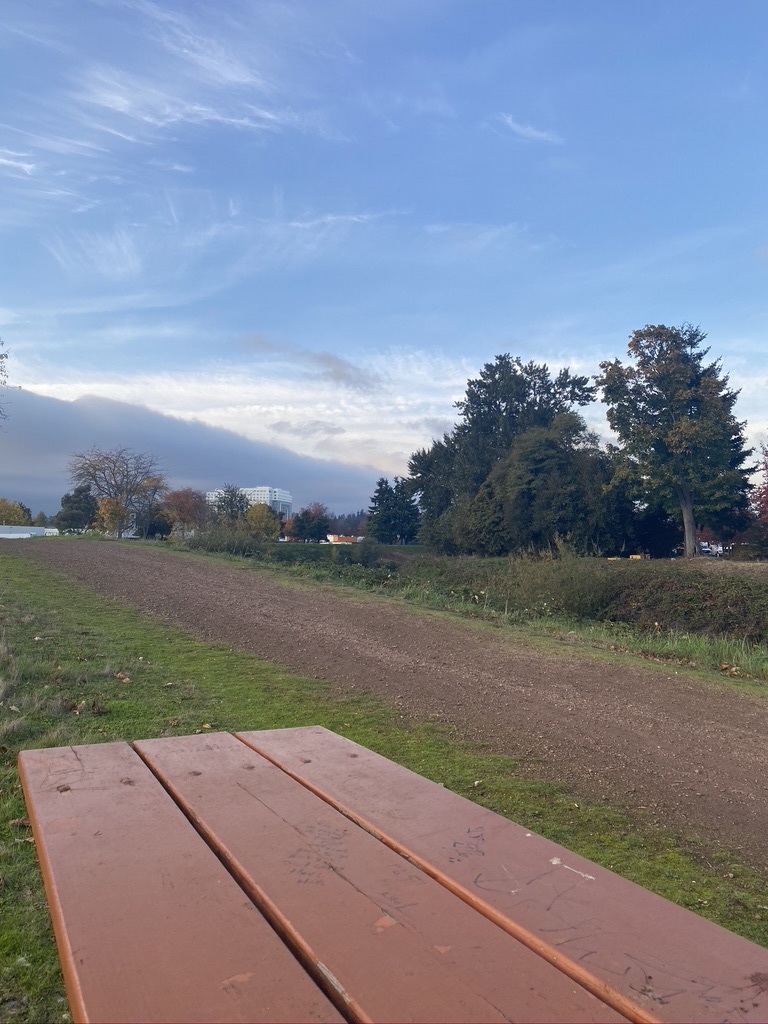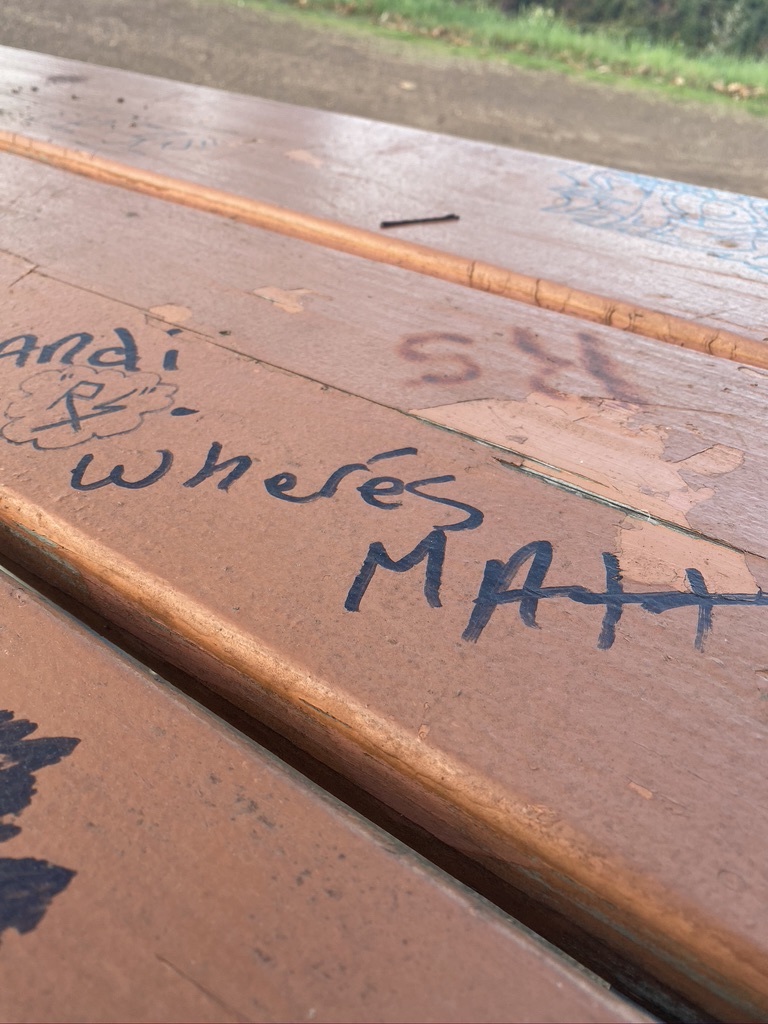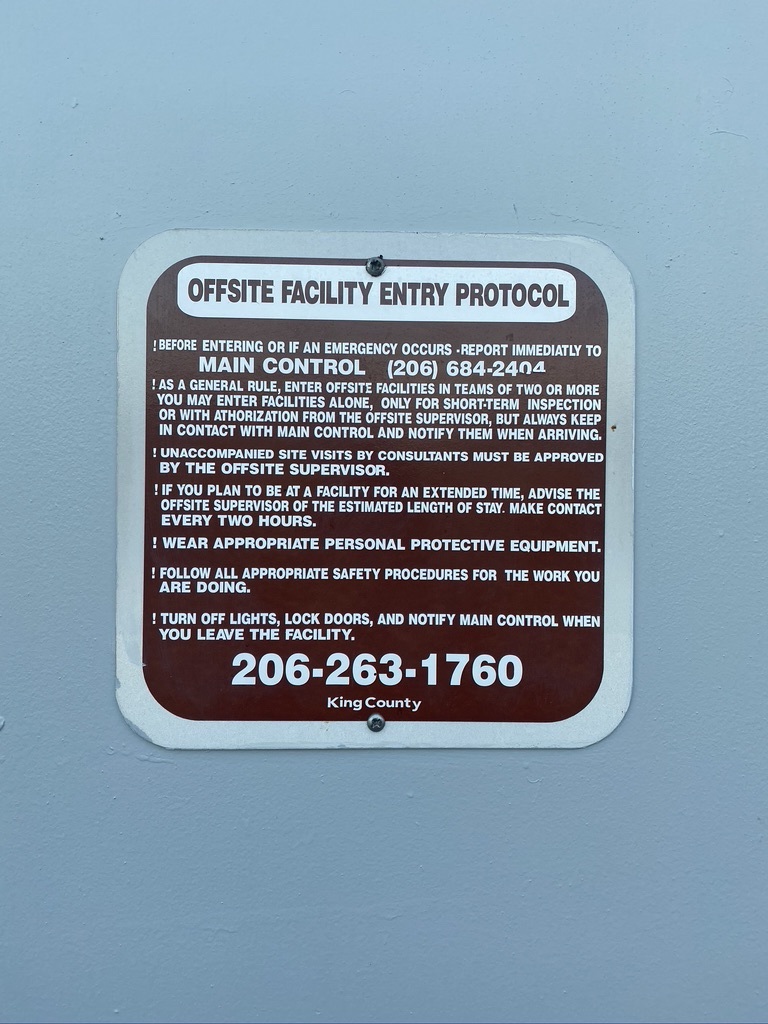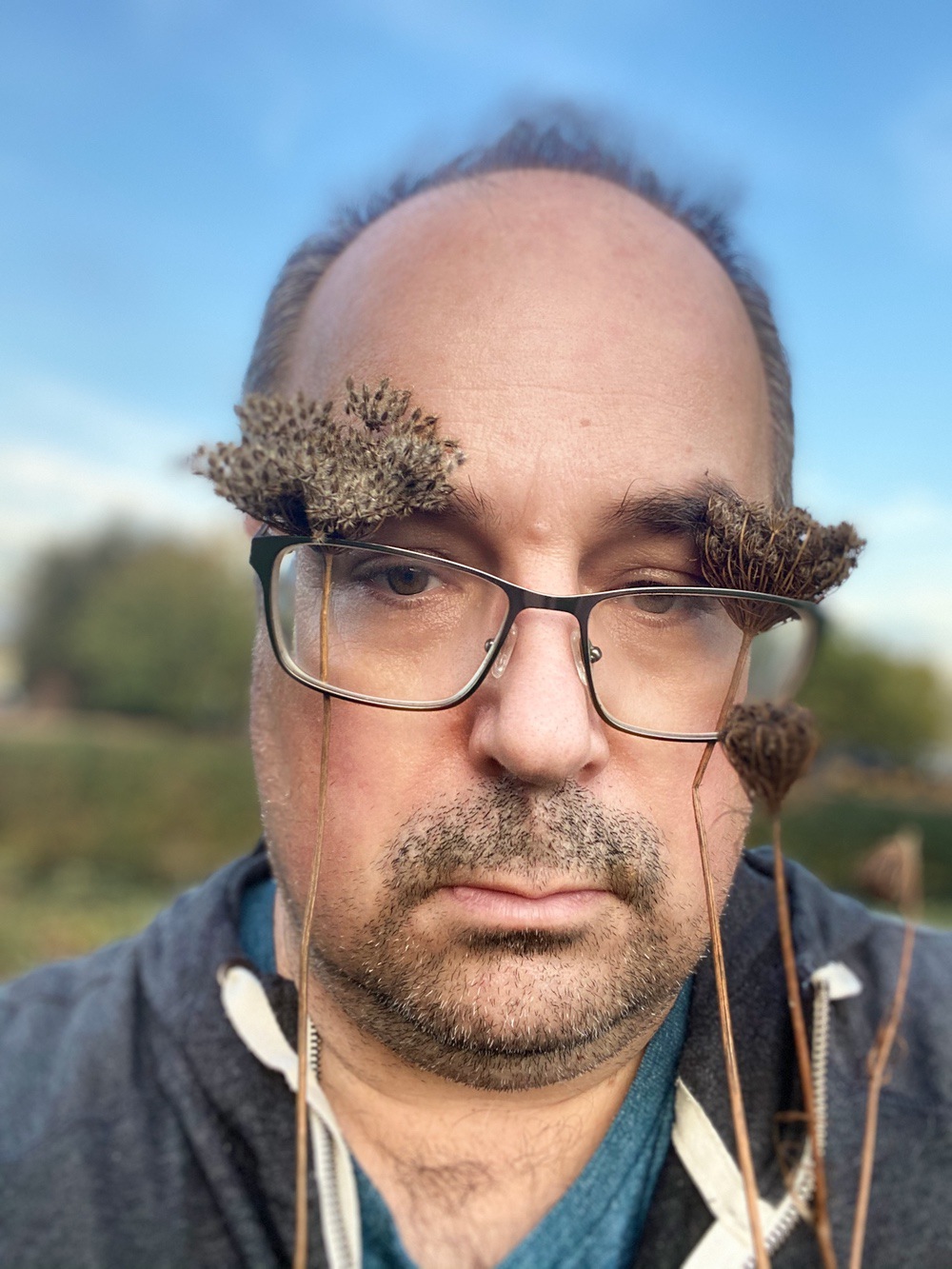Gap in the Grid
Gap in the Grid
by Matt Briggs
AT COSTCO, WHILE WAITING FOR MY TIRES TO BE FIXED, I went for a walk along the Green River. I am at the Tukwila CostCo on a road named after the warehouses. I am in the parking lot of an office park of small businesses in warehouses. A stand of cotton-wood trees surrounds a pond that at first, I take to be an oxbow of the Green River, a slough of wet land. I walk along the Green River flowing from the south. The river runs from the slopes of the Cascades south of Black Diamond from the Cedar River Watershed in the jungle of passes where I-90 passes over the central Cascades. The Green River used to be joined by the Mount Rainier glacier fed White River and then the two rivers empties into the Black River at Lake Washington, but things changed the flow. A massive log jam flipped the White River from the channel going north to the west, where it emptied out into Commencement Bay in Tacoma. The lowering of Lake Washington caused the Green River to shift into the Duwamish River channel. The Green River now changes names in Tukwila to the Duwamish. The entire valley floor of the Kent valley feels the echoes of these changes. This is land given over from the cultivation of vegetables to office parks of little warehouses.

On my walk from the tire center across the parking lot along the rail bed decommissioned and then resurrected as a bike trail I am surprised to find traffic in the middle of the day during the plague. I move between the gap between the highway, the river, the swamp, and the office parks.

This is the illustration of the west, that the place is locked in space like beads on a lattice. Most of the lattice is an uninterrupted grid of North and South streets along a two-dimension plane. The grid conceals the wild space of river, marshes, canyons, hills, and stones lodged in the muck of the glacial moraine. This transformation is so persuasive that I usually pass from one place to another without thinking about the gaps and fissures in the grid.

A river has cut a valley that is a gully that passes through three dimensions passing under the grid. Undeveloped hills rile above the grid. Gullies and rivers and streams cut break the illusion. But on the grid, I pass along bridges that keep the two deminsions intact. In a car moving from one location to another this another dimension is invisible. I am unaware of passing over a valley.

The woodland that wraps McSorley’s Creek passage from the ridge that cradled I-5, under Pacific Highway South, and then in the backyards of the grid as it depends into a valley to 16th Ave S and then into the canyons and waterways of Saltwater State Park. There is a meaning trench cut by the creek in the glacial moraine bounced up like twisted blankets on the shore of Puget sound. Old Douglas Fir trees grow there, sword ferns, and the rails of homeless people and neighbored teenagers who know the lay of the land.

Most of the time, I am moving from one location to another location in my car. The landscape has been abstracted.

At the tire center I find a structure on the shore of a desolate lake. There is a building given over to some mysterious function of wet land mitigation or flood alleviation. There are pipes and pumps and an apparatus to corral the flow of water from the mountains and forests to the sea. These machines sat in the cement bunker. Real estate is said to be short in Puget Sound. But here I was in a feral wilderness in the margin between the highway, the river, and the desolate lake. The far side of the lake seemed to be forested. But through the winter bare branches of the trees, I could see the backside of warehouses for small industry. This is not an abandoned or unsettles space but rather a space like the back side of your sofa, the gap behind your front door, a wedge of floor that manages to never be swept. It is a space with a slower cadence of occupation.

The soil has been broken around the structure. There is a fungus that has attracted forages who have remove the mushrooms or root. The marsh is full of growth. Fish, fowl, and flowers. I walk as some yammering bicycles pass me. They are complaining about a coworker coming from some work place and headed to some domestic places.
For in 2009 barriers appeared along the edge of the river on the bike trails. They just appeared one day. They were set out by the Army Corp of Engineers. I walked along the massive sand bags. Mud Dam a structure dozens of miles away was cracked. It was possible it would slip apart in a storm and then the valley would flood from floor to floor covering the office parks, the strip malls, the distribution center in a dozen feet of muddy water mixed with dead cows and the effluvia of industrial sites.